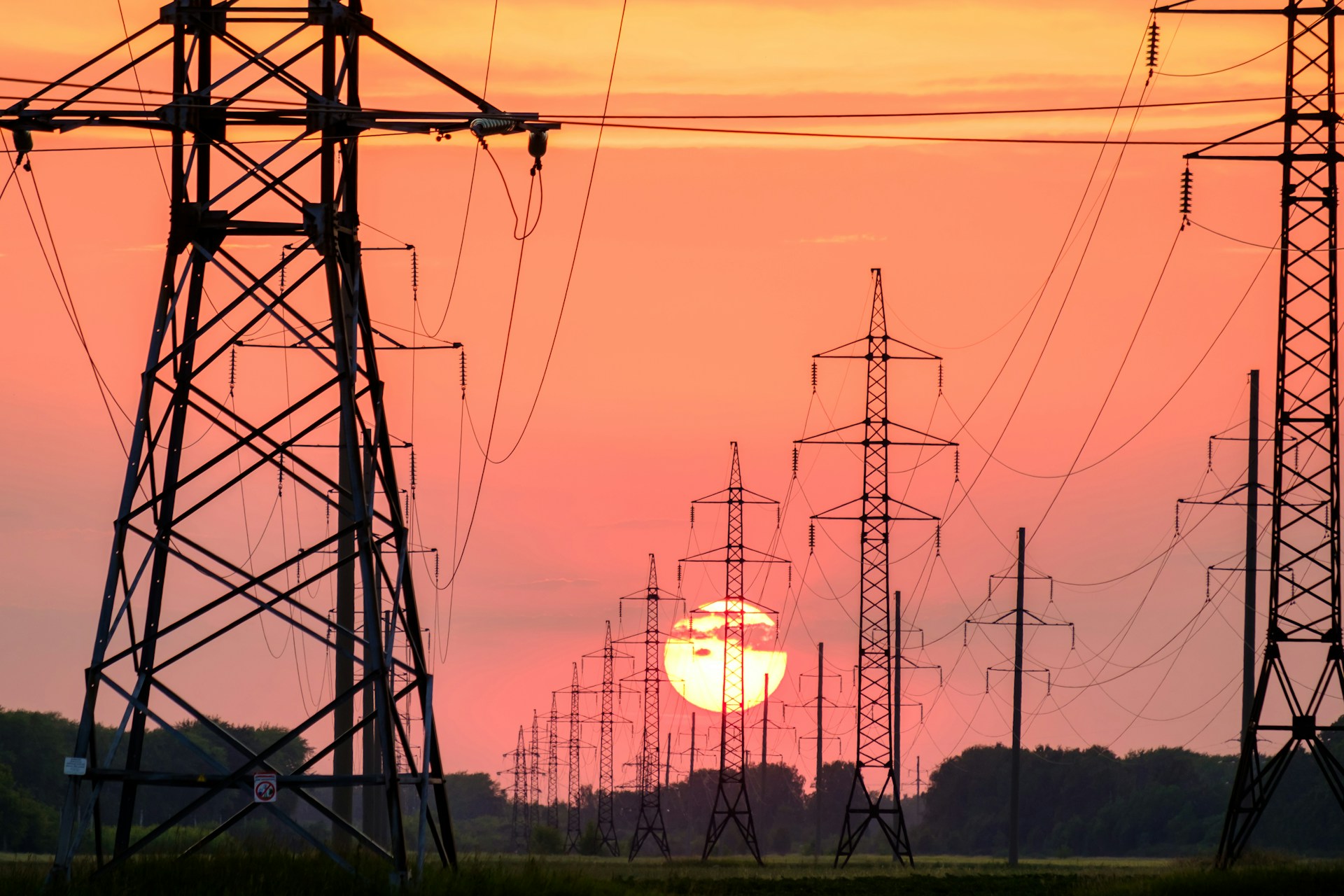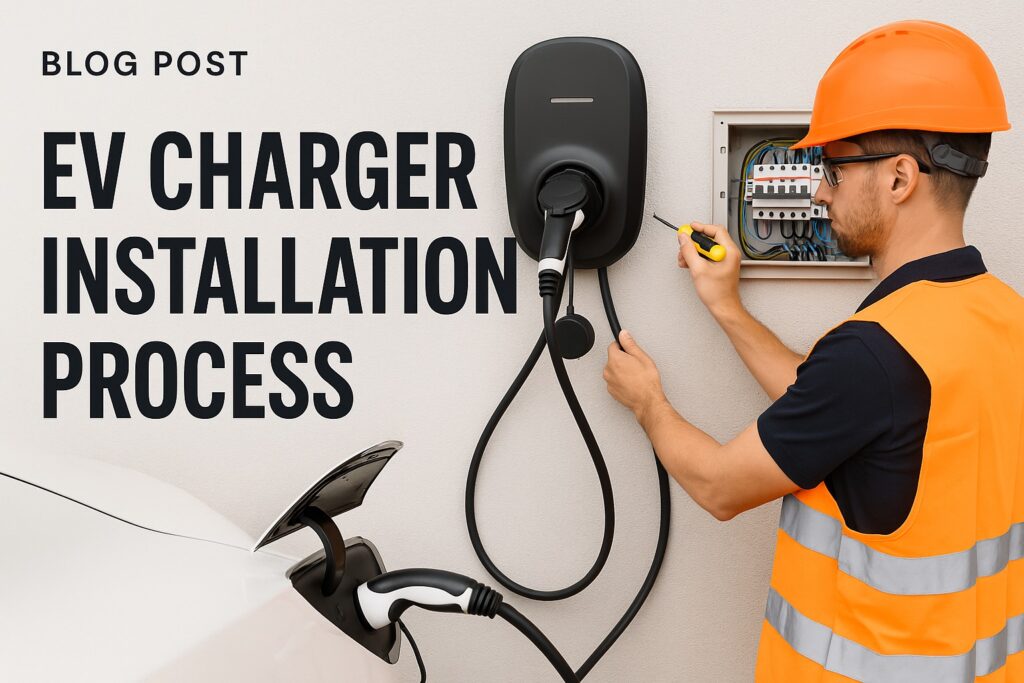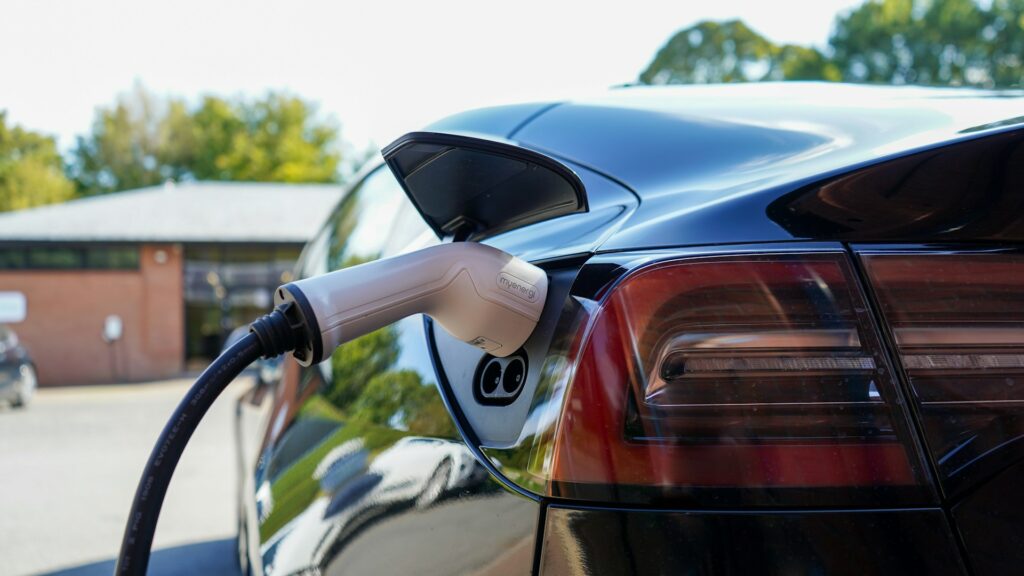In the ever-evolving landscape of modern transportation, electric vehicles (EVs) represent a significant step towards sustainable living. However, this shift also introduces new challenges to our existing electrical grid systems. Among these, the issue of grid resilience takes centre stage, especially with the increasing load from overnight residential chargers and public charging stations at large facilities. This article explores how EV charging infrastructure contributes to, and enhances, grid resilience.
What is Grid Resilience?
Grid resilience refers to the electric grids ability to adapt to power outages and disruptive events. By implementing mitigating factors such as load-balancing and redundant energy stores we can reduce the likelihood and impact of power outages.
EV Charging and Grid Stability
The integration of EV charging into our electrical grid requires a delicate balance. As the adoption of electric vehicles continues to rise, so does the demand for electricity, particularly during peak hours. This can lead to concerns over grid stability. However, EV charging also presents unique opportunities to improve this stability. Through controlled charging – where the charging rate is adjusted based on grid capacity – and demand response programs, EVs can act as a stabilising force. These smart solutions allow for the charging process to be more flexible, reducing stress during peak times and utilising excess capacity during off-peak periods.
Resilience of Charging Infrastructure
The resilience of EV charging infrastructure is paramount to maintaining grid stability. This involves not just the physical durability of charging stations but also their ability to adapt to changing grid conditions. Modern charging stations are being designed with resilience in mind, equipped with features that allow them to withstand physical disruptions and cyber threats. Moreover, they are increasingly integrated with renewable energy sources, such as solar and wind power, further enhancing their resilience and reducing reliance on traditional power sources.
Smart Grid Solutions
The concept of smart grids is crucial in addressing the challenges posed by the increasing EV load. Smart grids employ advanced technologies to monitor and manage electricity flow, ensuring efficiency and stability. They are capable of detecting and responding to changes in electricity demand in real time, which is essential for integrating the variable load from EV charging. Smart grid solutions, including smart meters and IoT devices, enable precise control over charging processes, contributing significantly to grid resilience.
Grid Management with EV Charging
Managing the grid with the added dimension of EV charging requires innovative approaches. One promising solution is the implementation of Vehicle-to-Grid (V2G) technology. V2G allows electric vehicles to not only draw power from the grid but also supply electricity back to it when needed. This can act as a buffer during peak demand times, enhancing grid resilience. Additionally, the use of dynamic pricing models can incentivise EV owners to charge their vehicles during off-peak hours, further easing the load on the grid.
Conclusion
The integration of electric vehicle chargers into our energy systems is not without its challenges. However, through smart grid solutions, resilient charging infrastructure, and innovative grid management strategies, EV charging can play a pivotal role in enhancing grid resilience. As we navigate the complexities of transitioning to a more sustainable transportation system, it is clear that electric vehicles, and the infrastructure that supports them, will be vital in shaping a stable, efficient, and resilient electrical grid for the future.



